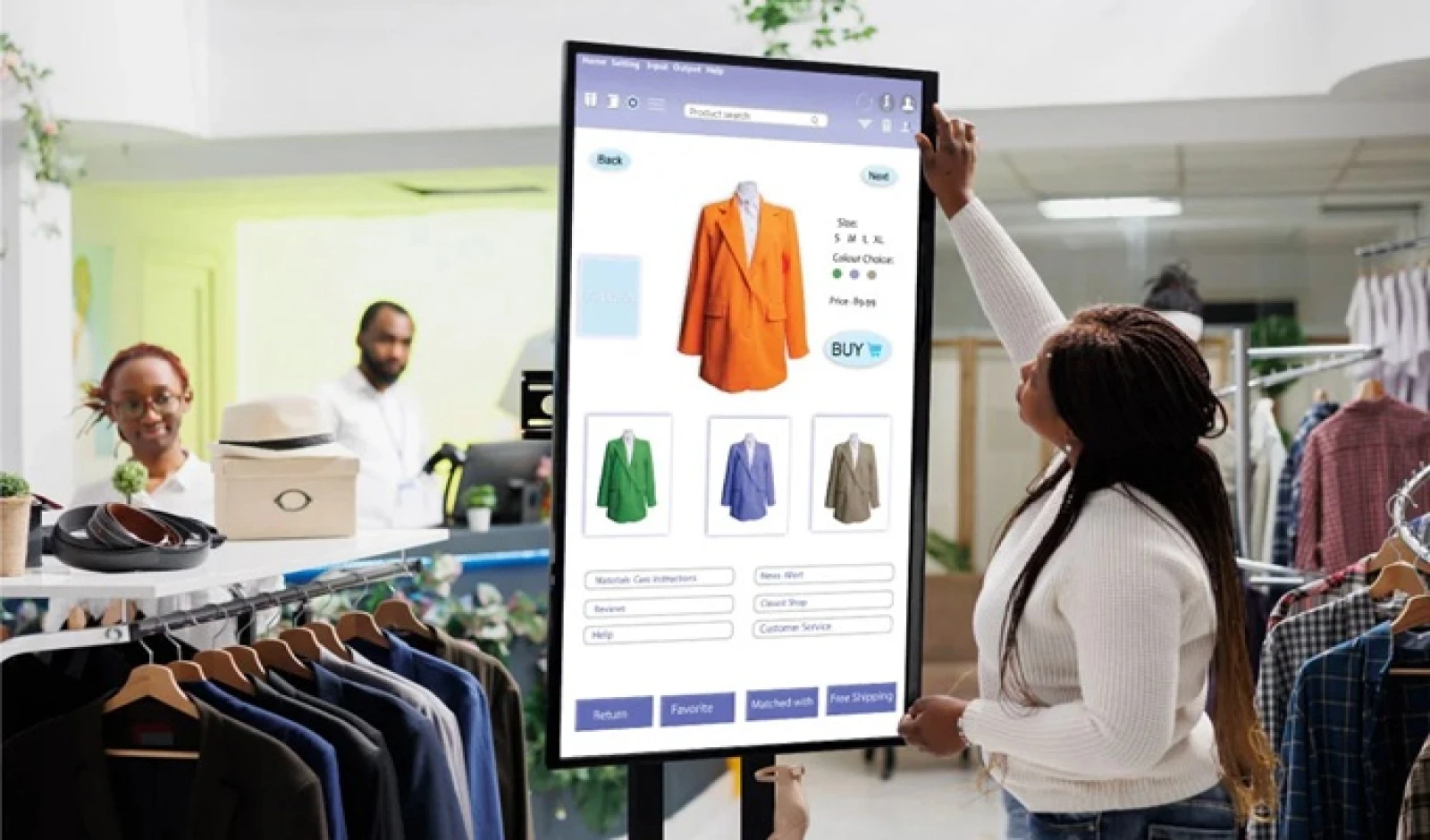
The New Rule of Retail: Don’t Choose. Blend.
The Indian shopper today exists in two worlds: browsing on mobile and buying at malls; clicking online but needing a human touch before making the final decision.
As e-commerce matures in metro cities and aspirations boom in smaller towns, India is at a tipping point. The most successful retail strategy? Phygital — a seamless hybrid of digital discovery and physical experience.
From luxury cookware to custom furniture, brands across categories are transforming how Indians shop — merging the trust of touch with the convenience of tech. And as our conversations with retail leaders at FREX (Franchise and Retail show from Franchise India) 2025 Bengaluru show, this isn’t a trend. It’s the future.
"The line between digital and physical is getting blurred”, says K.G. George, President – Retail, Cello World Ltd. “Retailers who get both right, will win the next decade.”
Why the Store Isn’t Going Anywhere
For all the convenience of online shopping, some experiences just don’t translate on a screen. Especially when buying high-ticket or emotional purchases. “Even after seeing a product online, people want to touch it, feel it, sit on it”, says Ravi Teja Palla, CBO, Urban Ladder. “That’s where the store becomes irreplaceable.”
He notes how physical stores still deliver the values of Sensory validation — feeling a fabric, seeing scale, Expert advice — from trained staff or consultants and Local marketing — stores act as a brand’s physical billboard.
Even in a world of rich product videos and 3D views, touch still matters.
The Experience-First Shoppers
New age customers wants meaning and experience. And that’s changing how stores operate.
“Shopping is therapy. It’s exploration. It’s not just about buying”, says Mayank Gupta, Chief Growth Officer, Stove Kraft Limited.
For these young consumers pushy selling doesn’t work. They appreciate personalised guidance and visit the stores seeking relevance, not repetition.
“A salesperson must become an advisor,” Mayank explains. “If I go to buy a pressure cooker, the store assistant should ask me what I cook, how many people in my family, and then suggest the best fit.”
So the staff must evolve — from mere executors of inventory to consultative partners.
Physical + Digital = The Perfect Loop
Phygital isn't just about adding screens to stores. It’s about creating a seamless customer journey — from digital discovery to in-store conversion.
While shopping begins online, it often ends in-store. But the real success lies in building a connected journey. Mayank puts it simply, “Technology should help customers discover your store and then personalize their experience — not replace it.”
Urban Ladder is already executing this vision. The moment a customer walks into a store and shares their phone number, staff can access their online browsing history, saved items, and preferences to offer relevant suggestions — powered by AI-enabled tools.
This phygital loop is proving to be the conversion booster that many retailers have long been searching for.
Small Towns, Big Moves
India’s growth is shifting gears — from metros to Bharat. And the retail story is following suit.
“In Tier II and III cities, customers now know what’s available globally — thanks to social media. And they want that same product, that same delivery speed”, says Ravi.
These towns are no longer passive markets. They’re aspirational hubs, with higher disposable incomes, untapped demand for experience-based shopping and lower real estate costs for store openings.
“In Delhi and Mumbai, traders are shutting shop due to high rentals. But in smaller towns, we’re seeing customers buying more and expecting more”, adds George.
AI, the Silent Game-Changer
While most brands talk about AI in terms of customer-facing tools, Urban Ladder is using it internally — to upskill staff.
“We’ve built AI-based training modules that adapt to each staff member’s strengths,” says Ravi. “Better staff means better in-store experience, which directly boosts retention.”
AI also helps with cart sync between digital & physical, data-driven inventory stocking and customer intent prediction.
Retention: Beyond Rewards, It’s About Relevance
In an age of instant alternatives, loyalty is fragile. But some fundamentals remain. “A happy customer is the easiest to retain,” says Ravi. “Especially in categories like furniture, where purchases are rare but memorable.”
George adds, “We used to run in-store demos and community events. That builds relationships. Today, that’s more important than ever.”
Where India will shop in the future?
India’s retail sector is poised to cross $2 trillion by 2032, and the brands that thrive will be the ones that stop asking: “Online or offline?” Because the right question is: How do we integrate both? “If you create a connected experience — discovery online, experience offline, fulfilment anywhere — customers stay with you,” says Mayank.
India’s retail evolution is no longer about choosing between clicks and bricks — it’s about connecting them. As metros lean into digital ease and Tier II & III towns embrace the excitement of in-store discovery, the real winners will be the brands that offer fluid, immersive, and consistent experiences across every touchpoint.
From AI-driven staff training to personalized in-store journeys, and from mobile-first discovery to hyperlocal fulfilment — the phygital model is no longer optional. It’s the new normal. Retailers are now using digital to attract, stores to convert and people and technology to build lasting relationships.
The retail revolution will be personalized, optimized, and phygital and it is already redefining how India shops.

